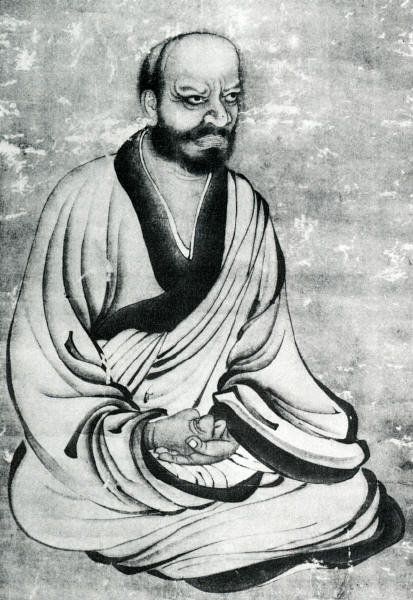
Colin Burrow · Charm with Menaces: ‘The Mirror and the Light’ · LRB 7 March 2020
T ime moves in a mysterious way. Wolf Hall, the first instalment of Hilary Mantel’s trilogy about Thomas Cromwell, appeared more than a decade ago. Its 650 pages covered the years from roughly 1500 to 1535. Three years later came Bring Up the Bodies, which in 410 pages created a tight tragic narrative about Cromwell’s part in the fall of Anne Boleyn over the single year 1535-36. Eight years after that the 883 pages of The Mirror and the Light dropped with a thud through my letterbox – some letterboxes may require modification to accommodate its girth. It covers a little more than four years of historical time, from the execution of Anne Boleyn in May 1536 to (no spoilers here, since this is where the whole three-act tragedy has always been heading) Cromwell’s execution in late July 1540.
The Mirror and the Light has all the dark witty glitter of the earlier volumes in the trilogy. But setting a novel in the years between 1536 and 1540 is a tough ask. Even Diarmaid MacCulloch’s excellent biography of Cromwell (which appeared after Bring Up the Bodies, and which Mantel praises generously on its dust-jacket) struggles to hold together all the different national and international and secular and religious events of these years. Anne Boleyn is beheaded. Jane Seymour becomes queen, has a son, dies. Abbeys are dissolved. The Plantagenet Pole family conspires against the crown. The rebellion known as the Pilgrimage of Grace rises in the North, unhappy with reforms in the Church, and is put down. Henry VIII gets a bad leg, courts multiple possible brides, decides there are heretics both to the left and right of him, then marries Anne of Cleves in order to secure an alliance with German princes, and incidentally to protect the supply of alum vital to the English cloth industry. Henry fails to consummate the marriage, looks for a way out, and turns against the architect of the match, Thomas Cromwell, who is beheaded on the very day his king marries Katherine Howard, niece of Cromwell’s arch-enemy the reactionary Duke of Norfolk (who in Mantel’s version resembles an ungenial version of Sir Ector in T.H. White’s Sword in the Stone). As Thomas Boleyn, Anne’s father, puts it in The Mirror and the Light, ‘we have seen events crowded into a week, that in ordinary times would have sustained the chroniclers for a decade.’






/https://public-media.si-cdn.com/filer/b8/cb/b8cbe79b-97c7-4175-bb3c-a3286a641224/grissom.jpg)














